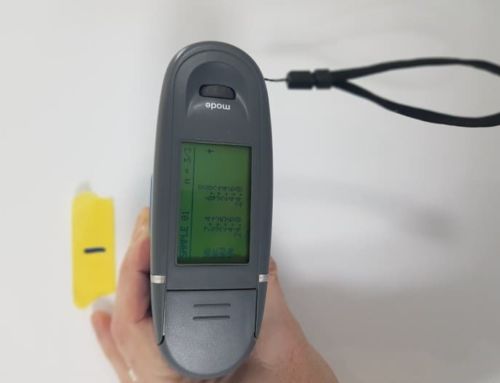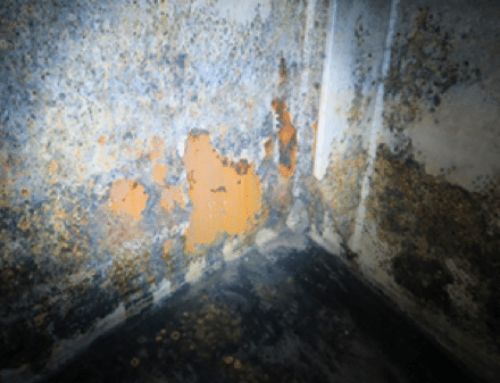One of the first things people notice about a super yacht is the paint job. Whether it’s the owner, a fellow yachtsman or the admirers on the dock, people always look at the paint work in detail. And for good reason: a shiny, white finish makes the yacht look her very best.
The topcoat appearance and fairness also play a major role when it comes to a future sale and potential buyers might be put off by a yacht that simply doesn’t look up to scratch. When the stakes are this high, why is it that some yachts still leave the (refit) yard with a substandard paint job?
The exterior coating contract is often the largest part of any newbuild project to be subcontracted and as painting a yacht is a very specialised job there is much that can go wrong. During the last 20 years, CCS has noticed that imperfect paint jobs are very often caused by inadequate preparation before the contractor has even arrived at the yard. Moreover, the paint application process often falls victim to time restraints towards the end of the build, resulting in a rush job and the associated paint issues. Add to that the complexities (and sometimes deficiencies) of the actual paint products and you can understand that the paint application process is one of the hardest parts of the process for any newbuild or refit team to tackle.
Not all aspects of paint application can be fully controlled; however for an owner’s team it is vital that the necessary due diligence is performed. CCS can help with that. By drafting a comprehensive paint manual these variables and risks can be contained. A comprehensive paint manual, ideally issued before the paint contractor even sets foot in the painting shed, will put the owner’s team in a prime position to achieve a satisfactory paint application result.
So what’s in a paint manual?
While the paint manufacturer’s specifications and data sheets are useful, they only include products, preparation, methods and required layer thicknesses—this is simply not enough information to do the job correctly. Included in the paint manual are fixed agreements about how the work should be carried out and to what quality standards and acceptance criteria.
Best of all it also includes fixed agreements in terms of scheduling and stipulates, through an inspection plan, crucial hold points where an inspection by yard representatives, members of the owner’s team and the paint consultant are required. Finally, all details discussed during the ‘kick-off meeting’ are incorporated.
Experience tells us that having a yacht painted without the guidance of a well-written, professional paint manual prepared ahead of time can potentially be a recipe for disaster. Ideally, the paint manual would be backed up by periodic inspections carried out by a superyacht coating advisor.
The paint manual helps yacht owners tackle the issues associated with yacht paint application. The initial investment required to draft a paint manual and schedule independent inspections is an expense that is quickly recuperated, especially when it comes time to sell the yacht. Price reductions are regularly negotiated on yachts with substandard paint jobs. Another great advantage of getting the paint job right the first time is that the yacht doesn’t have to return to the shipyard for warranty repairs and instead can be enjoyed by the owner.



